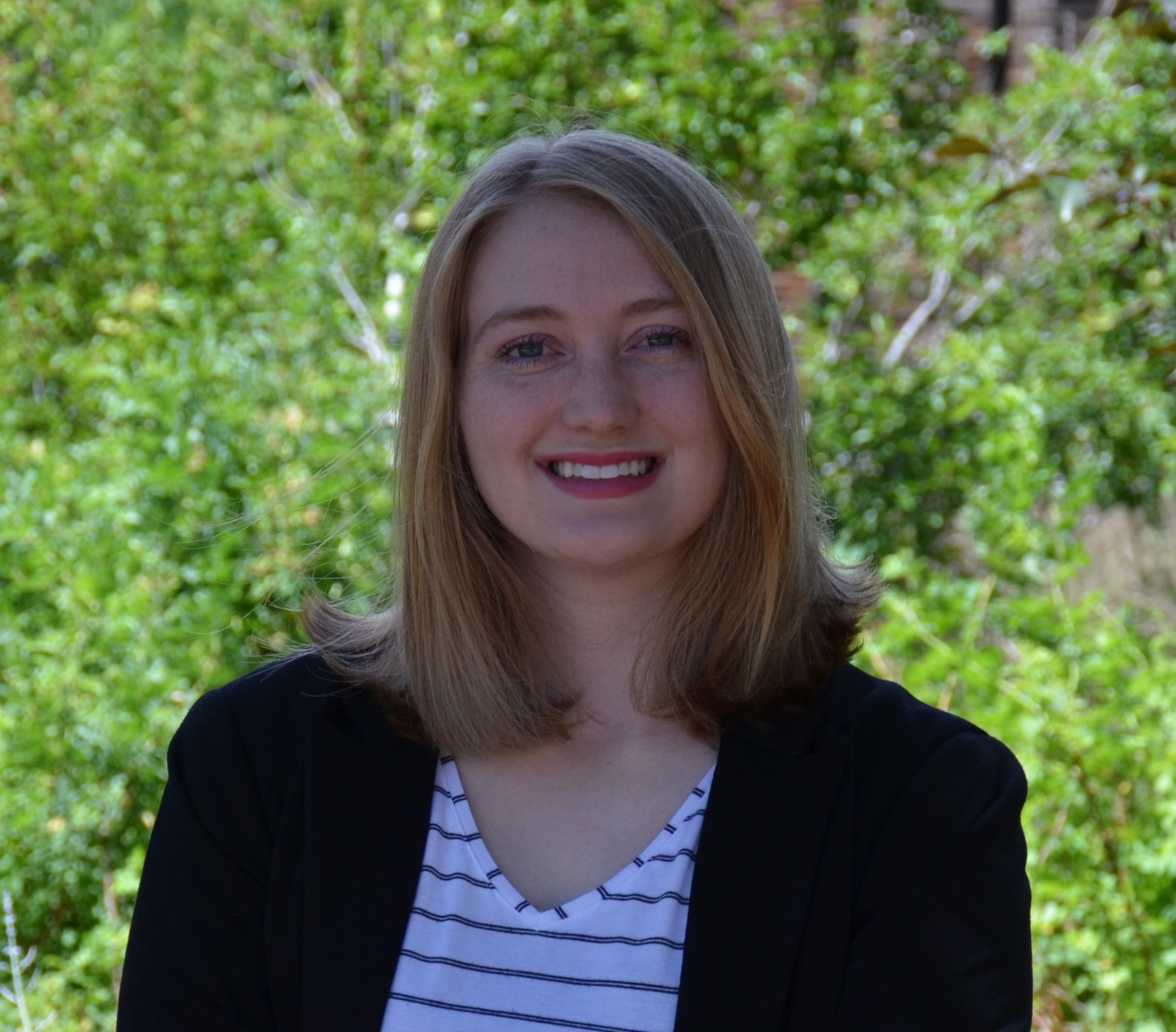What it does
Cats with cerebellar hypoplasia experience mobility issues that make it difficult to stand still when drinking water. Not drinking enough water can lead to kidney failure, so the EveryPet Cat Fountain provides a way for cats to remain still while drinking.
Your inspiration
I volunteer at a local cat shelter where I met Roly and Poly, two kittens with cerebellar hypoplasia (CH). CH isn’t painful for cats, but it does cause intense wobbling that makes it challenging for them to eat and drink. I spoke with the shelter staff, and they told me that CH cats are at an increased risk of kidney failure because they generally don’t drink enough water. Cats with disabilities often have a more difficult time being adopted, and not all shelters have the resources needed to care for them. I set out to design a way for these cats to get the care they need in a way that is accessible for the shelters and adopters.
How it works
My research showed that CH cats need a way to drink water that is stable, enticing, and elevated. I also learned that cats won’t wobble when lying down. Therefore, I designed a ramp surrounded by walls that hug the cats so that they are forced to lie down and are held in place when drinking. The ramp is adjustable to accommodate a growing cat, and it is covered by a mat for better grip and comfort. The ramp also allows the fountain to be elevated, which is more desirable to CH cats. My research showed that cats in general prefer the moving water of water fountains, and the rising water will be easier to drink from than in a bowl. The inside components function the same as other cat fountains for ease of manufacturing and installment. There is a motor inside to pump the water and a waterproof cord that plugs into a wall outlet.
Design process
I began by doing primary research with the experts at the shelter and secondary research online to better understand CH. I used my findings to synthesize user needs and design requirements. Then, I took paper and tape to the cat shelter and made a low-fi prototype using the cats there as a size reference. I then used that model to create a sketch rendering, build plan, and 3D CAD model. It was at this point that I realized I had made a mistake. I knew what my design needed to have structurally, but I ignored the aesthetics and had an overly complicated, visually unappealing design. I looked at the design language of existing water fountains, and then a few friends helped me brainstorm some new ideas. I created a few CAD models and printed the lid and bowl components of the best one. For the walls and ramp, I laser cut the shapes out of acrylic. I formed the ‘hugging’ part of the walls by heat molding the top to curve it inwards. Once I put the pieces together with the motor, I had a functional water fountain. Please see my portfolio for more details and pictures.
How it is different
Accessibility is important to me, but since CH is such a specific problem, there are very few products that help these kitties. The only CH specific product I found was a hand-made feeding device on Etsy. It also included walls, but the cat needed to stand to eat from the bowl, which doesn’t provide as much stability. Other options I found were large bottle feeders like in a hamster cage or low-to-the-ground water dishes. The bottles still don’t provide the stability needed and aren’t as desirable to cats. My research showed that CH cats will try to stand over the dish, so low bowls only increase the distance that cats would have to hover. My design provides the maximum stability for these cats while still creating a desirable drinking experience.
Future plans
I am currently working on redesigning the walls to 3D print them rather than using acrylic. I want to put grooves in the walls to hold the ramp in place because this will be more stable than having slots in the bowl. I also have been redesigning the connection method between the bowl and lid so that it is more secure and easier to remove. I will need to test this new design with cats to make sure that the product meets their needs and make iterations on the design as necessary. Once I have finalized the product design, I will need to explore sustainable materials and manufacturing methods.



Connect